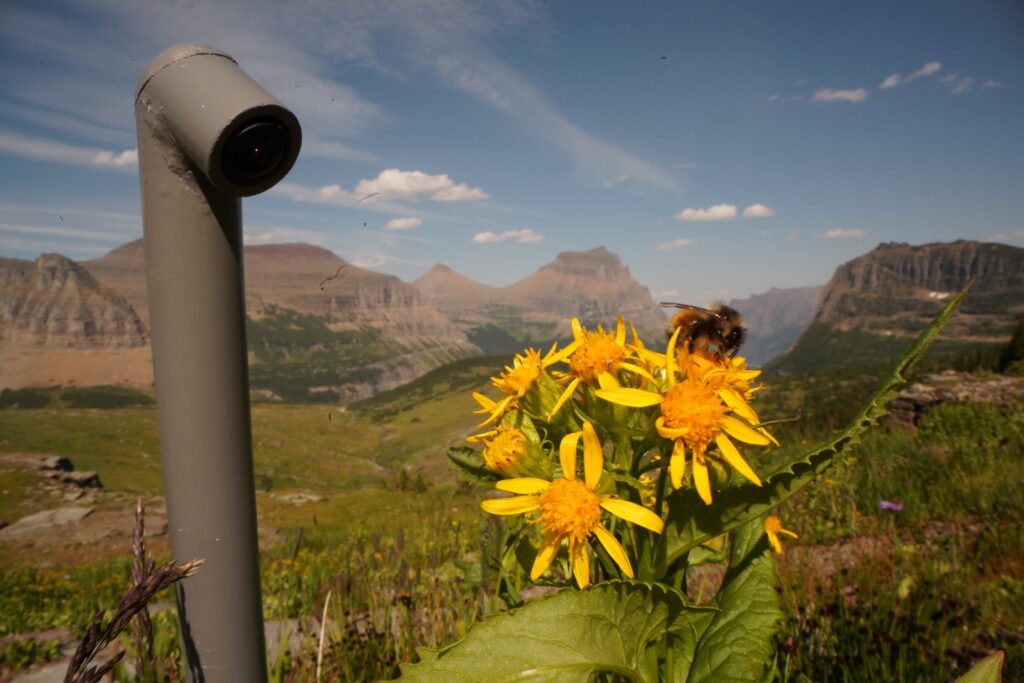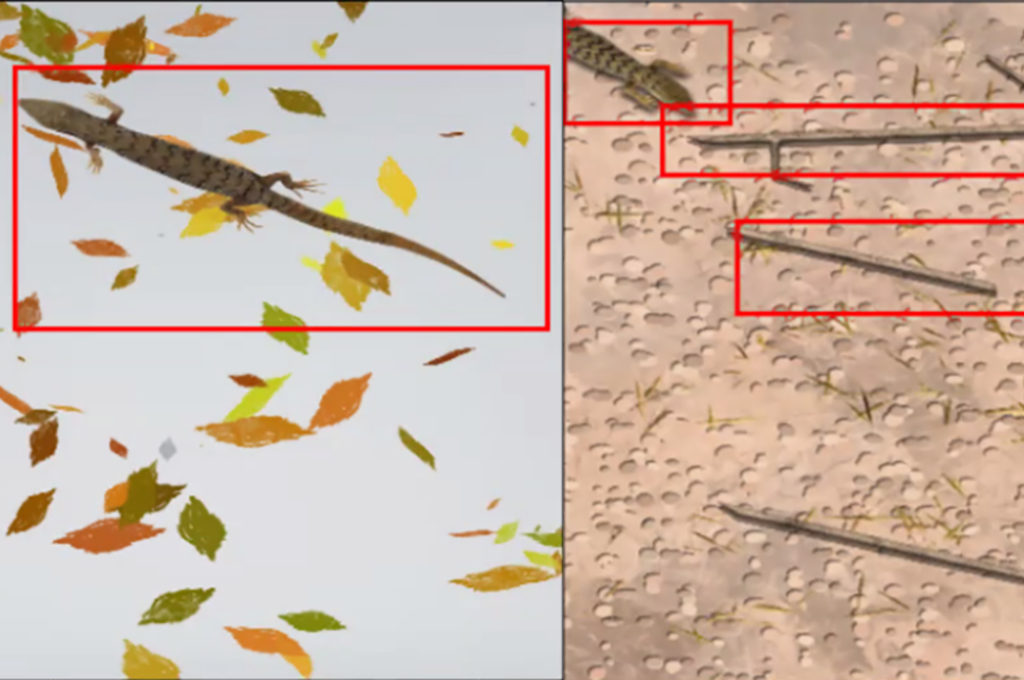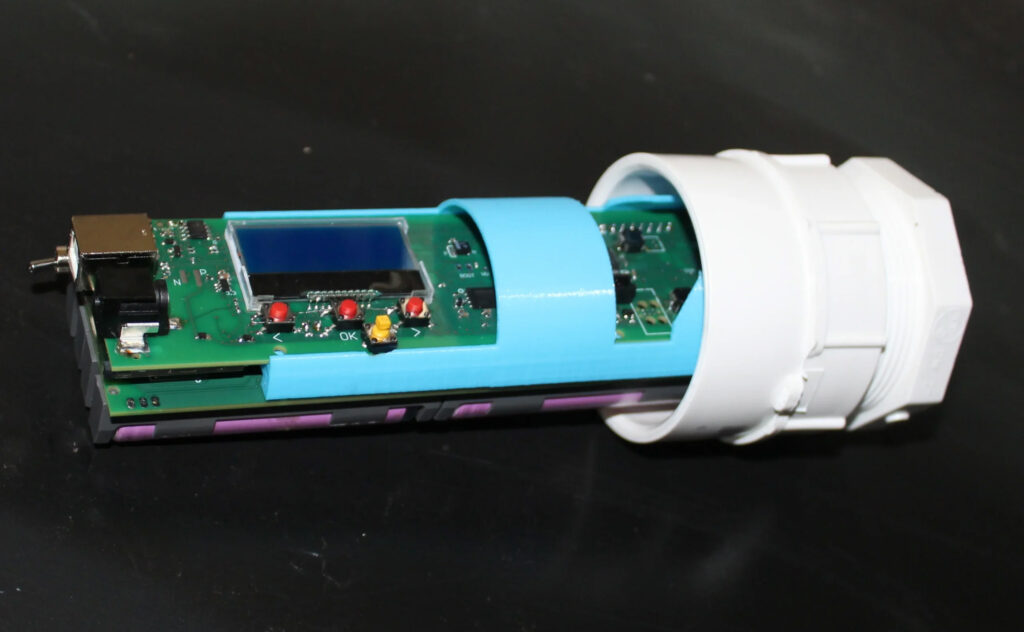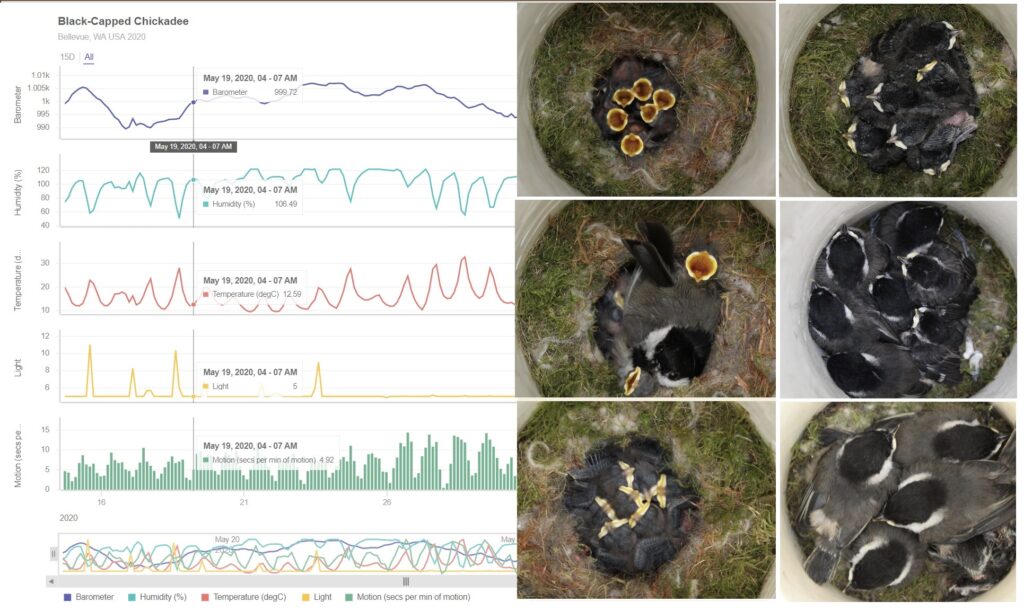Coding for conservation: U-M student helps shape the future of wildlife monitoring

Rather than vacationing or lounging on the beach, CS undergrad Tobias Alam spent his summer looking at lizards. Specifically, he was designing the code for a smart camera that can detect and identify endangered animals, including three species of lizard, in the hopes of strengthening efforts to protect them. And while that meant analyzing and testing a lot of images of lizards, reptiles are only one of many potential applications for the system Tobias worked to develop.
“We tested the technology on lizards, but it can be applied to detect and monitor virtually any species in any environment,” said Alam. “This includes animals that are traditionally very difficult to track, like insects, birds, or fish.”

When looking for summer research opportunities at the end of last academic year, Tobias knew he wanted his work to have an impact. His education at U-M had stressed the importance of hands-on training and skill-building and inspired him to seek out projects where he could apply what he’d learned to make a difference.

After searching a database of government-funded projects, Tobias found and contacted Field Data Technologies (FDT), an organization working to develop smart cameras for animal tracking and land management decision-making with funding from the USDA NRCS Conservation Innovation Grants program. He reached out and offered his services to Dr. Constance Woodman, Program Manager in the Department of Veterinary Pathobiology at Texas A&M University and co-founder of FDT.
“Tobias was an invaluable member of our team over the summer,” said Woodman. “He showed a level of professionalism, drive, and intellectual curiosity that I’ve rarely seen in my career.”
During his time with FDT, Tobias worked on the design and testing of an improved camera prototype employing a new hardware configuration. Specifically, he and the team deployed a microcontroller, a compact integrated circuit designed to perform specific tasks within an embedded system, to enhance the performance and efficiency of the organization’s existing camera prototype.
Tobias’s contributions to the project were two-fold. The first component of his work was building machine learning and computer vision models to detect different animals.
“The first half of the project was spent building up the models based on a dataset of three lizard species in a variety of different landscapes,” he said. “Using this benchmark data, we developed computer vision models that could accurately distinguish these species from other objects and animals in the environment.”
The second stage of the project involved programming the hardware, a difficult prospect when deploying cameras in rural settings. In these contexts, it often isn’t feasible for users to plug in a computer or communicate with the camera on a regular basis, so it’s necessary for the device to be as low-maintenance and self-sufficient as possible.
“The goal is for the camera to be standalone,” said Tobias. “The user can place it in the environment, and with minimal configuration, it will send the results of whatever it sees in the field.”

In addition to programming the camera to require minimal input, the team also aimed to produce a technology that is broadly accessible.
“We wanted to make a tool that is as affordable and easily manufacturable as possible, which means programming it to be as efficient as possible,” said Tobias.
The smart camera system that Tobias worked to develop this summer is specifically designed to detect hard-to-track animal species, outperforming other technologies in this respect. This is particularly important when it comes to monitoring populations of endangered insects, such as bees, which are notoriously difficult to track due to their speed and small size.
“The ecological collapse of this particular subset of animal communities is producing devastating effects,” said Tobias, “and most existing automated tools to track bees and other endangered insect species aren’t up to the task.”
According to the researchers, current tracking technologies aren’t sustainable. They require high amounts of computer power and energy to train and deploy in the field. In comparison, the high accuracy and efficiency of the FTD team’s smart camera system is, simply put, a game-changer.
Ensuring a high-efficiency, low-cost product means that the smart camera system Tobias helped develop will be available to more people in more areas, translating into wider detection and protection of target animal species.
“Our aim is to equip landowners big and small with the tools to monitor wildlife on their property and better understand how their activities affect the local ecosystem,” said Dr. Woodman.

Tobias is excited to leverage the knowledge he gained this summer in his ongoing research and coursework at U-M.
“My courses at U-M have emphasized taking ownership of my learning, and that did me a great service this summer, when I was working with new technologies I’d never seen before and learning on the fly,” Tobias said. “Now, I will be able to bring back actual practical experience to bolster the theoretical instruction I’m gaining in my classes.”
His experience with FTD not only gave Tobias the opportunity to build new skills and supplement his academic training; it also drove home his desire to apply his technical knowledge to effect positive societal change.
“I was constantly aware during the internship that the work I was doing was impactful, that it was necessary work,” he said. “My biggest takeaway from this experience was the importance of having a clear mission wherever I work in the future. I want to work in a place where there is a clear, identifiable mission surrounding everything that I do.”

 MENU
MENU 
